So I spent the last few days with the flu, lazing around the house and I rediscovered the magic of Google Earth! I drafted a list of places I would love to see around the world then typed them into Google Earth, then watching the globe spin while I was transformed to these locations and wow…. here are some of my highlights!
More info: custompushpinmaps.com
Stonehenge, Salisbury, England
I started my journey on the rolling plains of Southern England, steadily zooming in from out of space, first into Europe, then down and down into England until I could make out the Neolithic monument stood on the hill overlooking the Salisbury plains. Stonehenge doesn’t disapoint, it’s everything I imagined it would be, maybe even better as I zoomed past the security gates to get a close and personal view of this ancient monument!
Taj Mahal, Agra, India
The Taj Mahal is an ivory-white marble mausoleum on the south bank of the Yamuna river in the Indian city of Agra. As your Google Earth screen moves to your destination, you can see it travel up the Yamuna River, and then pan around the verdant Taj Mahal garden. You can swoop over the magnificent Great Gate and forecourt and truly breathe in the experience. You will sweep along the turquoise riverfront as you scan the map to view the whole scene. This is truly an experience for the soul.
Angel Falls, Bolivar, Venezuela.
This is the highest uninterrupted waterfall in the world. This is a truly majestic natural phenomenon. Once you enter Angel Falls in the search bar of Google Earth, your screen immediately begins to pan over the planet, zooming you closer to your destination.
You’ll see lush forests passing before you, and then suddenly the camera breaks through into a perfect valley, with low clouds and spray misting the horizon. There in front of you, are the majestic falls, seeming as if they drop from the sky above. You can pan around and see the entire falls or zoom in on the pool at the bottom.
The Colosseum, Rome, Italy
The Colosseum, also known as the Flavian Amphitheatre is an oval amphitheatre in the centre of the city of Rome, Italy. As your screen moves from India to Europe you travel over vast ocean spaces, across lands of mystery and along the Mediterranean Sea to Rome. As you pan around the structure you will see that it’s made of travertine limestone, volcanic rock, and brick-faced concrete. Slightly west of the Colosseum you’ll see what remains of the Roman Forum.
Chichén Itzá, Yucatan, Mexico
Google Earth lazily rotates and spins us around to take us to Chichén Itzá, flying across the ocean to the lower edges of Mexico. We can see Louisiana in the distance, then we hone in on the Mexican peninsula, down through the jungle regions until we see this massive step sided Pyramid spring up in front of us. It’s part of a major complex of Mayan ruins, with temples surrounding it and fresh green jungle surrounding it on all sides.
Mount Everest, Himalayas, Border of Tibet and China.
We travel west across the majestic Pacific Ocean to reach our next stop of Mount Everest. This world famous peak was on the list of places I would love to see you but to be honest I would never of a dragged my lazy butt up to see it.. So here it is for everyone and anyone that can’t quite muster the energy to get up to base camp and beyond.
This mountain forms the traditional border of Tibet and China. We ponder the amazing steepness of its slopes all clad in smooth looking white snow. Despite the treacherous climb to the top, it looks so peaceful and beautiful on the screen.
Uluru, Petermann, Australia
As a proud Australian I had to include Australia’s most famous geographic marvel, Ayres Rock or otherwise known in original name as Uluru.
Uluru is a massive piece of sandstone monolith in the heart of the Northern Territory Australia. The nearest large town is Alice Springs, 450km away. Google Earth has to slide from the United Kingdom all the way to the Southern Hemisphere to reach it, and we see oceans speeding past us as we cut across the vast expanse of red desert in the centre of Australia. It seems there is nothing but red dirt for hundreds of miles, until we get close to the rock and see the dark green of saltbush dotted here and there about the landscape. Nothing can prepare us for the sheer size of this gigantic piece of rock. It’s a truly impressive sight.
Grand Canyon National Park, Arizona, USA.
From one extreme to another, we travel across the globe again to the dry heat of Arizona. The landscape changes from the reds of Australia to the blue ocean to the new landscape of browns in North America. The Grand Canyon is a spectacular natural feature of the Western portion of the USA, being a series of long chasms seemingly hewn from the landscape by giants. The park is lengthy and Google Earth can pan along with it for you allowing you time to investigate all the nooks and crannies.
The Great Pyramid of Giza, Egypt.
The globe spins again across oceans to cover vast areas of light buff sands, and it becomes apparent that we are covering a huge desert area, zooming across it at ground level, until a shape begins to form in the distance. It is a massive pyramid, and obviously a fantastic monument to a great figure of history. Slightly south you pan around and see the Great Sphinx, and marvel at the engineering capacity of the ancient Egyptians.
However the biggest mystery for me was why this world famous, ancient monument has a picture of the room and a bed as its main display image on the right!
The Acropolis, Athens, Greece.
For our last trek across the planet with Google Earth, we travel to the Acropolis in Athens, just a short hop across the beautiful blue Mediterranean Sea. We reach the shore then rise up to the Acropolis, a large flat place overlooking the entire city of Athens and the Aegean Sea surrounding it. It’s a sparkling jewel of white marble against the crystal blue sea, and we can pan around the entire site and see the magnificence of ancient Greek architecture that preceded the Coliseum that we viewed earlier.
384views
Share on Facebook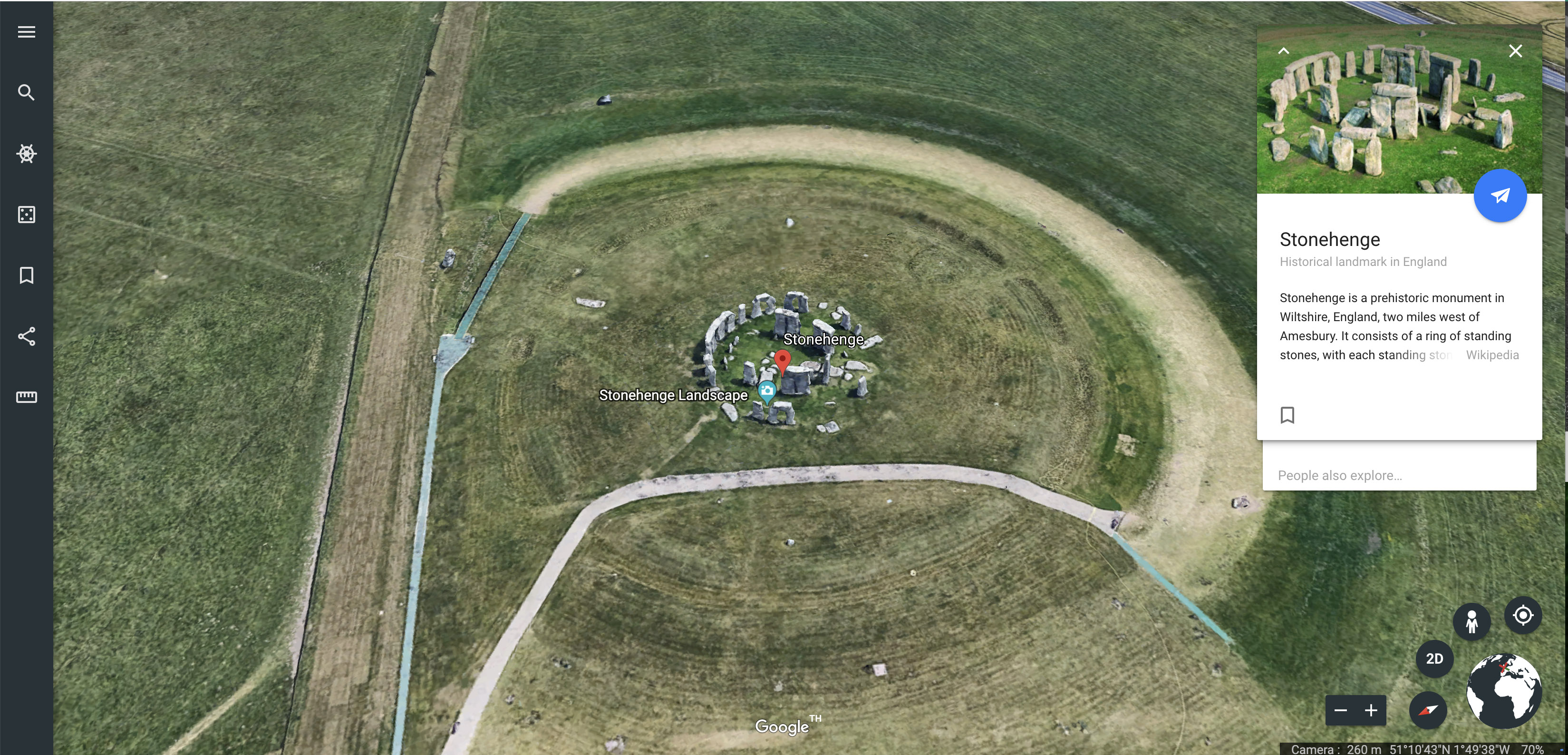
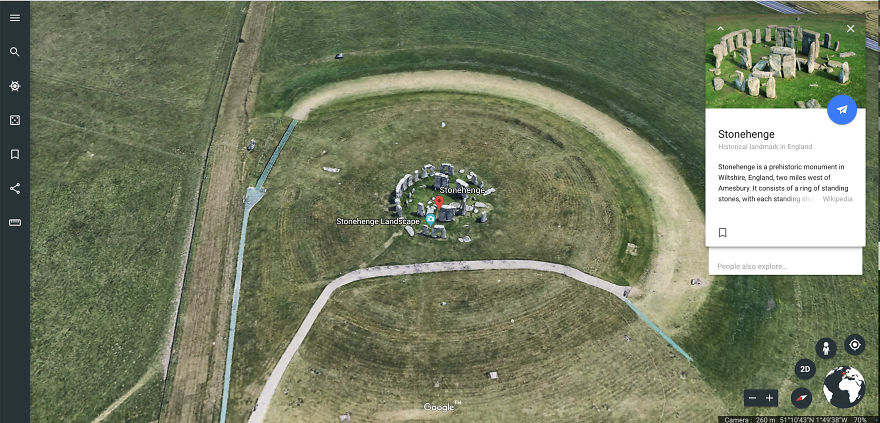
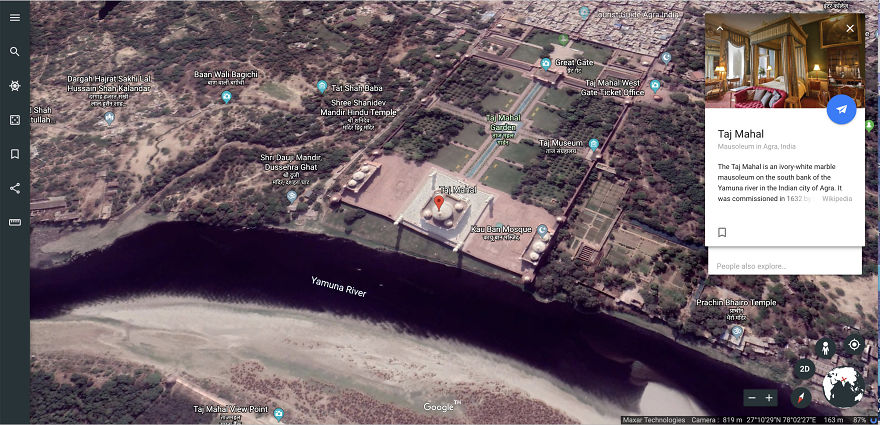
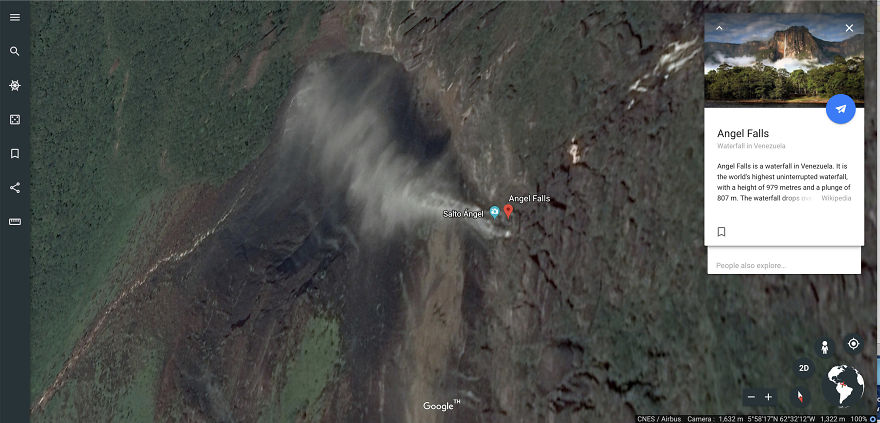
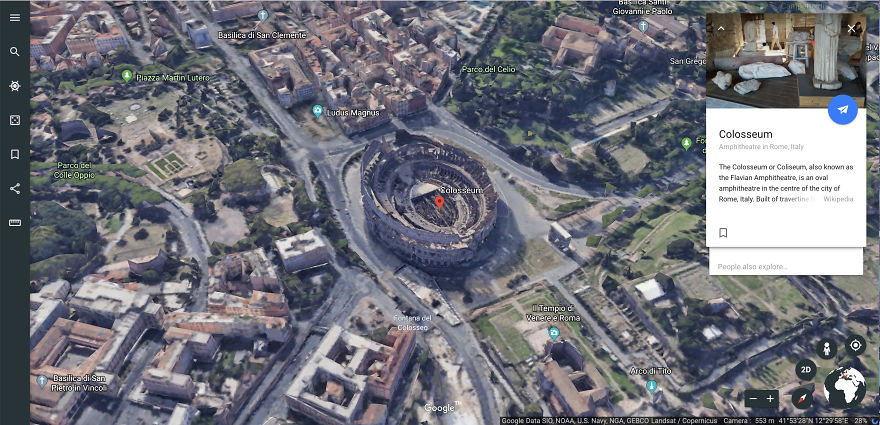
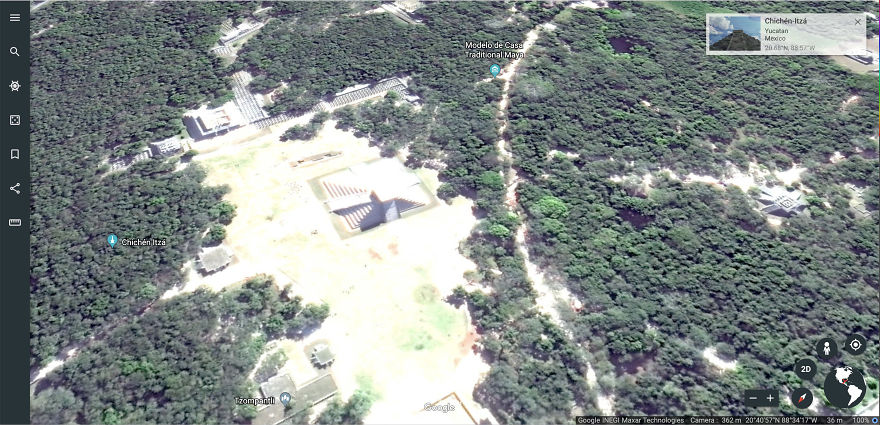
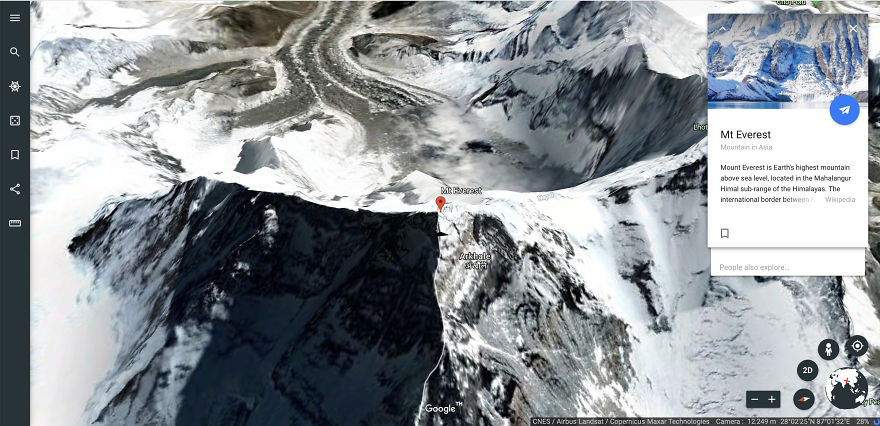
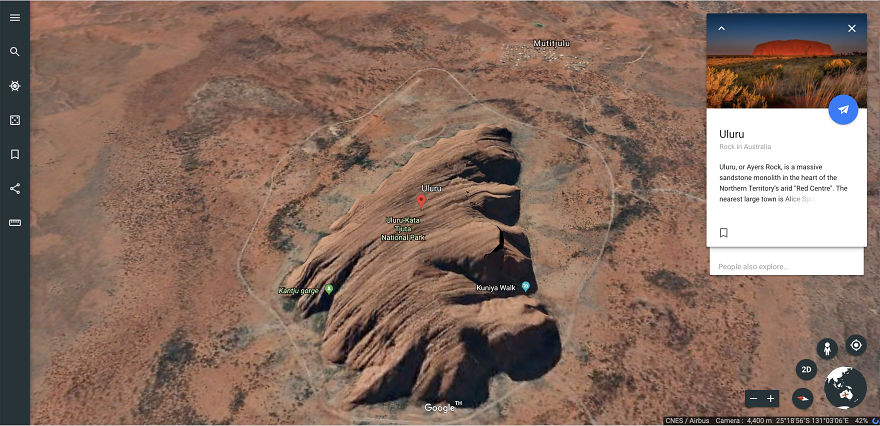
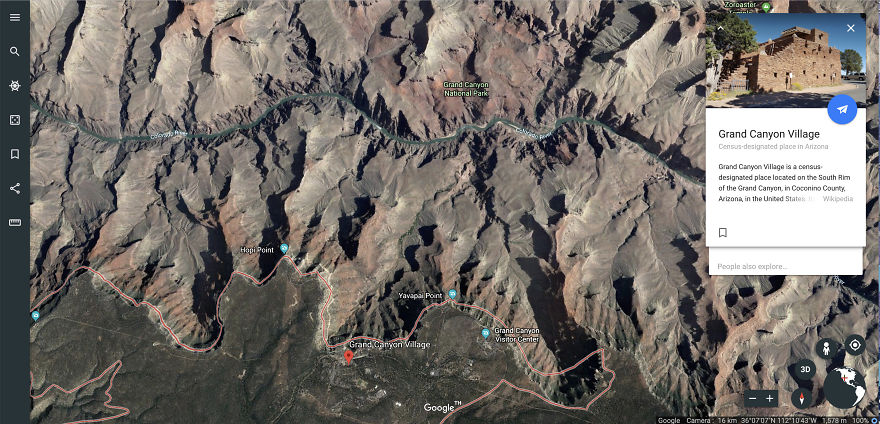
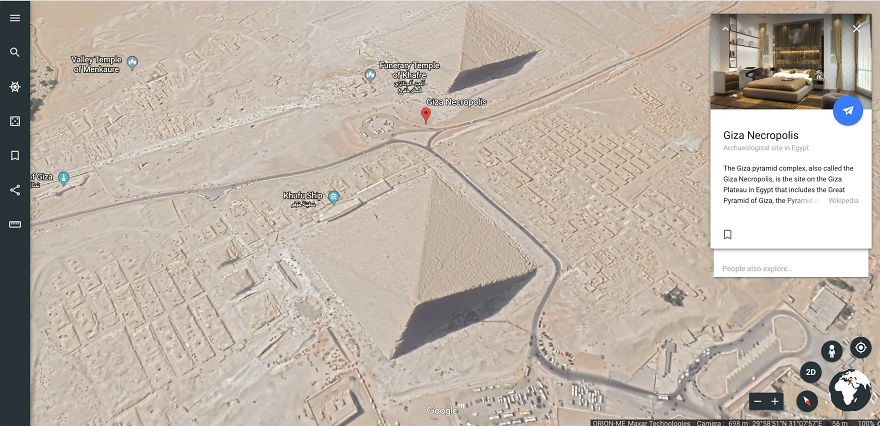
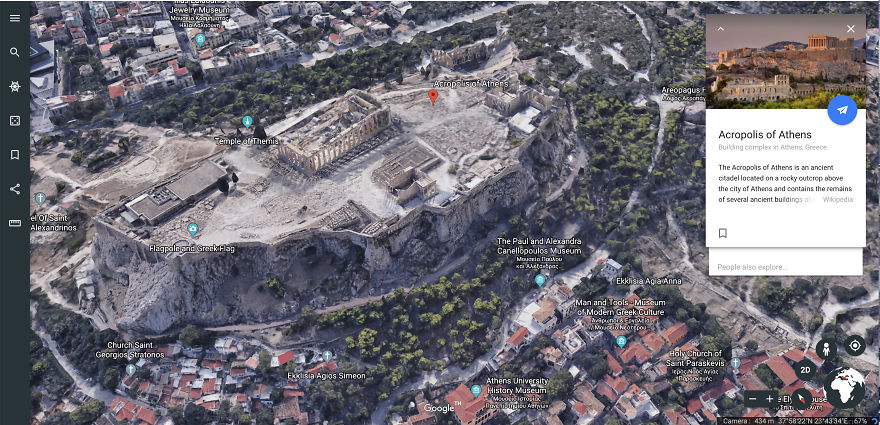
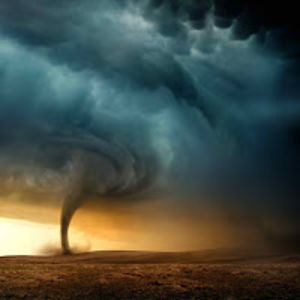



4
0